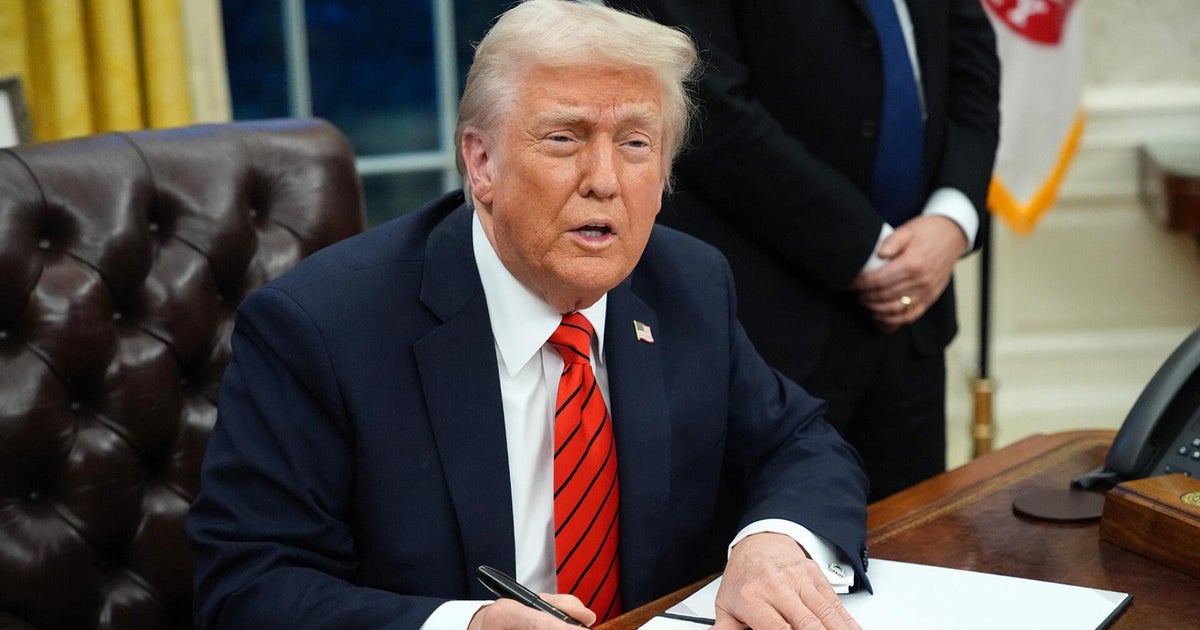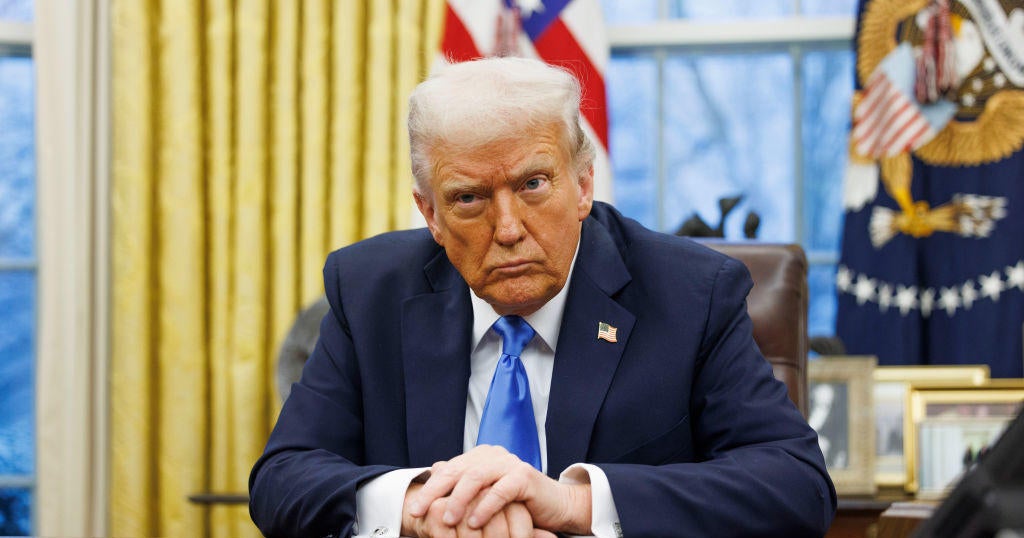6 points of U.S.-Canada trade friction
President Donald Trump sure wasn't happy with Canadian Prime Minister Justin Trudeau after the G-7 meeting in Quebec this weekend. The president attacked Trudeau on Twitter about trade, citing the prime minister's continued objections to metals tariffs imposed by the U.S.
Leaving Quebec for his Singapore summit with Kim Jong Un, Mr. Trump withdrew from the G-7 communique issued over the weekend and tweeted that Canada is "imposing massive tariffs" on some U.S. goods and services.
However, the president may be presenting a lopsided portrait of how the world does business with the U.S. to rationalize his escalating trade dispute with allies, the Associated Press reported. And his tweets drew strong reaction from officials and politicians on both sides of the border.
U.S.-Canadian trade disputes aren't new. Over the years, they've included maple syrup, aircraft, lumber and milk. And of course, most recently, the Trump administration's aluminum and steel tariffs. Here are some things you should know about trade between the two countries:
Canada is the U.S.'s biggest export market
The U.S. goods and services trade with Canada were about $674 billion in 2017, with exports at about $341 billion and imports $332.8 billion, according to the U.S. Trade Representative. The U.S. ran a goods and services trade surplus with Canada of $8.4 billion last year.
But the figure can be "misleading," the USTR says on its website. That's because some goods are counted twice. For example, a Chinese-made washing machine that goes through Vancouver, British Columbia, on its way to the U.S. counts both in the U.S. trade deficit with China and the U.S. deficit with Canada.
For some states, Canada is the biggest source of imports
For others, it's also the biggest export market, according to 2017 figures from the U.S. Census Bureau. These states export the most to Canada: Alabama, Arkansas, Colorado, Delaware, Georgia, Idaho, Illinois, Indiana, Iowa, Kansas, Kentucky, Massachusetts, Maryland, Maine, Michigan, Minnesota, Missouri, Mississippi, Montana, North Carolina, North Dakota, Nebraska, New Hampshire, New Jersey, New York, Ohio, Oklahoma, Pennsylvania, Rhode Island, South Dakota,Tennessee, Virginia, Vermont, Wisconsin, West Virginia, Wyoming.
And these states (plus Washington, D.C.) import the most from Canada: Colorado, Connecticut, Delaware, Illinois, Iowa, Massachusetts, Maine, Montana, North Dakota, New Hampshire, Oklahoma, Oregon, South Dakota, Vermont, West Virginia, Washington D.C., Wyoming.
Canada's (legal) maple syrup cartel dominates world supply
Because Canada accounts for 72 percent of the world's maple syrup, it can dictate prices in Vermont, a big U.S. producer. And because weather can be unpredictable, maple syrup is stored in the Global Maple Syrup Strategic Reserve in Québec, about a three hour drive east of Montréal. That helps stabilize supply. The reserve is managed by the Federation of Québec Maple Syrup Producers, a union of syrup producers that the Canadian government sanctions. It has been called "the OPEC of maple syrup."
A barrel of maple syrup is worth about $1,200, or about 18 times a barrel of crude oil, according to NPR.
The U.S.-Canada dispute over lumber is decades long
The issue goes back for years, starting in the 1980s. In 1996, both countries signed a softwood lumber agreement establishing tariffs and quotas on Canadian imports of softwood, which is used to build houses and even for newsprint.
That expired in 2015, according to Bloomberg. In the U.S., the industry is largely privately owned.
A year ago in June, Canada offered its industry more than $800 million in aid, including subsidies. In November, the U.S. slapped a 21 percent duty on Canadian lumber imports after companies complained. Some have argued that may ultimately be bad for U.S. homebuilders because wood prices rose.
In March, Canada appealed the latest round with the World Trade Organization, Reuters reported.
Canada does charge 270 percent tariffs on some dairy products
But the U.S. had a dairy trade surplus with Canada last year. Mr. Trump singled out Canada's tariffs in a tweet, saying they weren't "fair" to U.S. farmers. U.S. producers also benefit from subsidies and tariffs, Bloomberg News points out, exporting about $227 million worth of dairy goods to Canada last year, resulting in a surplus of about $114 million. Canadian producers sold C$148.1 million in milk products to the U.S., a 2-to-1 U.S. trade surplus, according to Bloomberg.
The Trump administration wanted to end Canada's dairy management system as part of NAFTA negotiations last year. Canada said no.
The president isn't alone among U.S. politicians: Senate Minority leader Chuck Schumer, D-New York, also told dairy farmers in upstate New York last year that the subsidies were unfair, according to the Guardian.
Boeing lost its trade case against Canada's Bombardier
Boeing (BA) argued Bombardier's new C-Series aircraft was unfairly subsidized by the Canadian government, helping undercut competitors. It used a plane sale to Delta Air Lines (DAL) as an example. New plane models can take billions to develop and need to be sure a market will last for three or four decades to make a project worth pursuing. Bombardier spent $6 billion, according to Bloomberg.
Initially, the U.S. Commerce Department agreed with Boeing, slapping a tariff on Bombardier that would have quadrupled the price of the brand-new aircraft for U.S. carriers. The U.S.'s own International Trade Commission disagreed, and ruled against Boeing in January.
By then, Bombardier was in such bad financial shape that it struck a deal with Boeing's biggest competitor -- Europe's Airbus -- to buy a controlling stake in the C Series itself. Boeing and Airbus have each argued the other's government unfairly subsidizes its rival.


